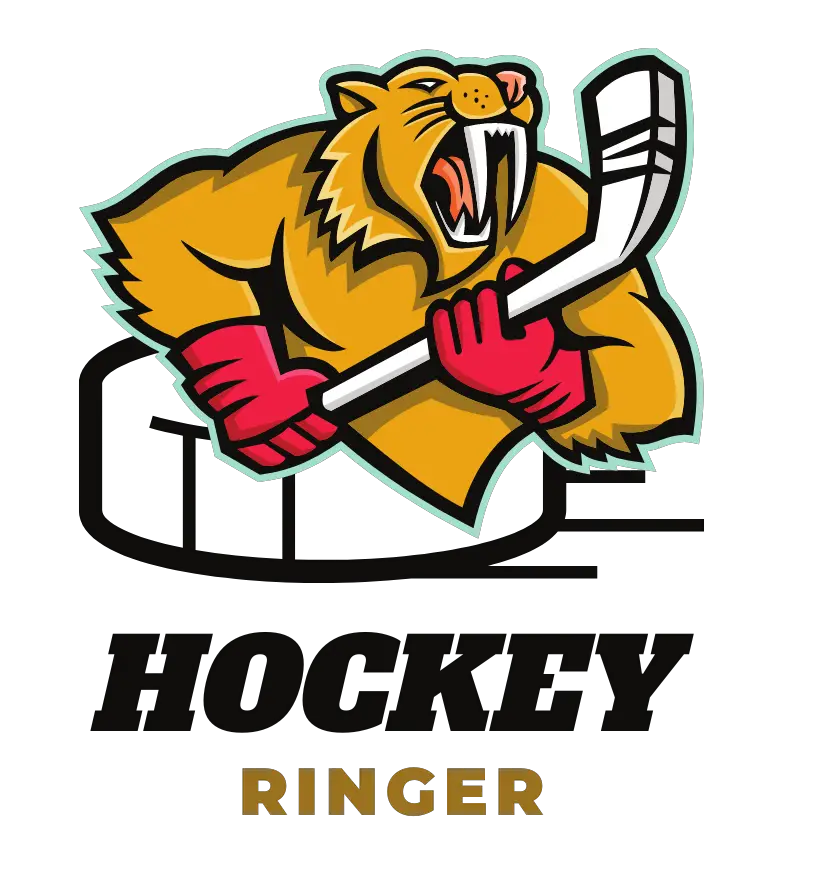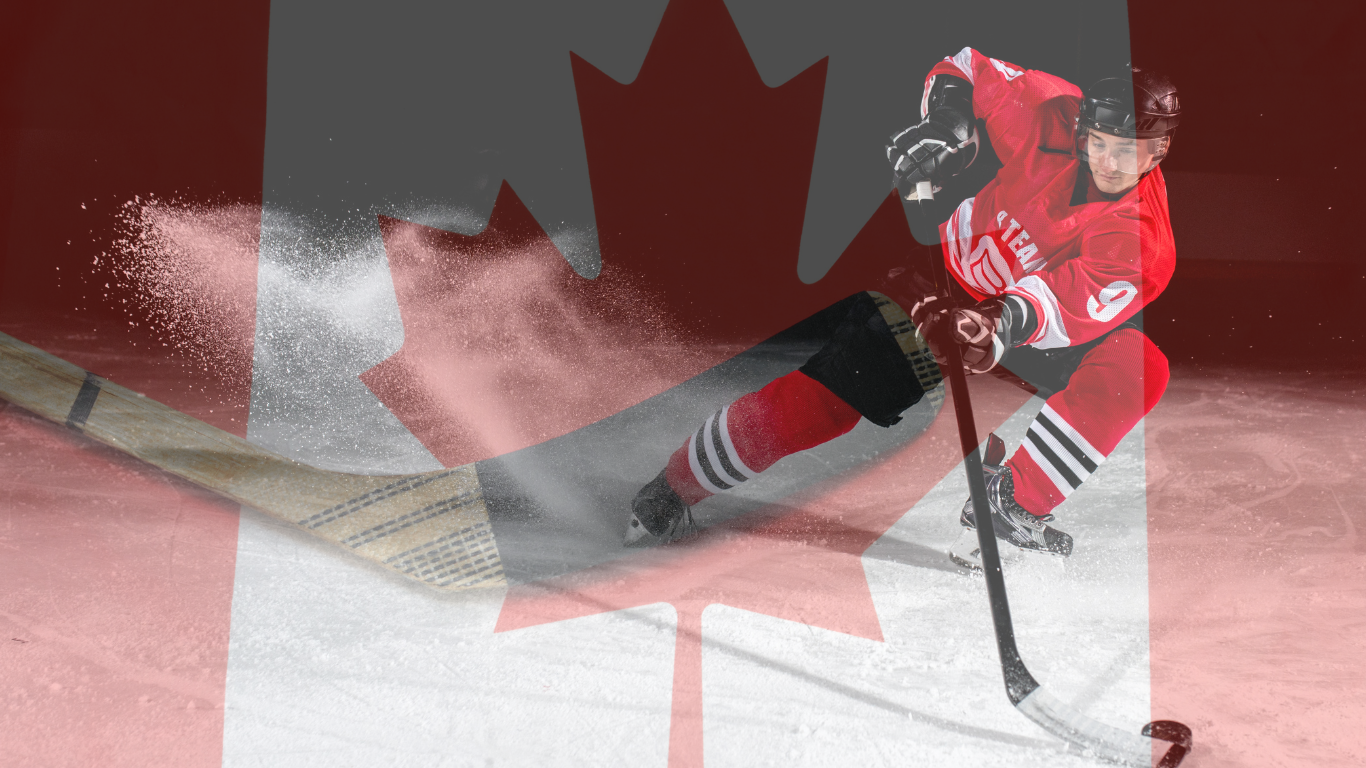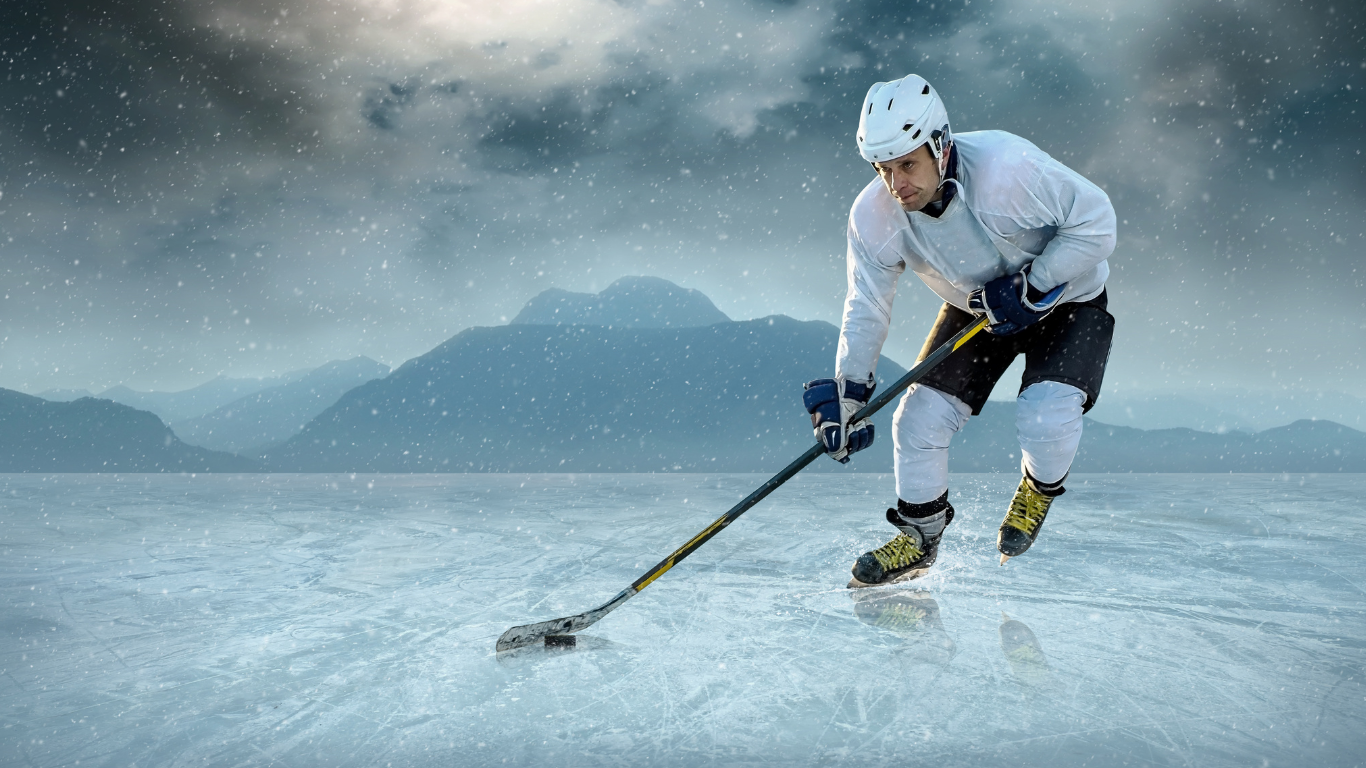While the differences of the Bauer P88 and P92 curves are minute, they will have a massive impact on the way that you play hockey. So, which curve is better? That is what I want to take a look at on this page.
To put it simply, there is no curve that is better than the other. Yes, the P92 is the most popular stick curve in the world, but that doesn’t necessarily mean that it is going to be a better curve than the Bauer P88, which is also an exceedingly popular curve.
That being said, I do recommend that most players try to play with the P92. While it can be a difficult curve to play with if you are new to ice hockey, once you learn how to use it, your play will likely become a lot more fluid.
How Important is the Curve on a Hockey Stick?
A few decades ago, the curve on a hockey stick wasn’t a thing. They were completely flat. This made puck control difficult and unpredictable. Then hockey sticks with curves were introduced. It completely changed the way the game was played.

The curve of a hockey stick made it easier to control the ball. This, in turn, meant that players became faster. It also meant that the direction a puck would travel became a lot more predictable too. This resulted in players becoming a lot more skillful with their shots becoming a lot less based on luck.
You should never, ever, play with a hockey stick without a curve. It makes playing hockey way too difficult. In fact, it will make the game completely unpredictable. You could never thrive as a player with a flat hockey stick. You would play awfully, and there would barely be an impact on your skill development.
What Is Better the Bauer P88 or P92?
As I said before, there is no one curve that is better than the other. They both have their place on the ice. A lot of it is going to be heavily dependent on
On this page, I want to take a little look at various situations that you will encounter on the ice. As you go through this information, you can start to get a feel for where each stick shines, and this should hopefully make a choice between the two curves a lot easier for you to make.
The Differences Between the Bauer P88 and the P92
Before I start to talk about the use of the Bauer P88 and P92 in various situations, I want to compare the specification of both of these curves. This will show you just how similar the two are, and (hopefully) it should show you just how much of an impact even the smallest change in the curve can have on your game.
Bauer P92
- Curve: Big-Mid
- Lie: 5.5 to 6
- Depth: 1/2″
- Open Face
- Round Toe
Bauer P88
- Curve: Mid
- Lie: 5.5 to 6
- Depth: 9/16th
- Semi-Open
- Round Toe
As you can see, the main difference between the two will be the depth of the curve, as well as the size of it. The open face of the Bauer P92 helps with lifting the puck from the ice.
What is Better for Shooting, the Bauer P88 or P92?
We want to clear up a misconception here. This is about shot speed. People tend to believe that the purpose of the curve on a hockey stick is to increase shot speed. It doesn’t. The curve of a stick shouldn’t have that much of an impact on your shot speed.
What the curve will have an impact on, however, will be the lift of the puck. It is easier to aim shots with the P92 a little bit higher. It can be more difficult to lift the puck off of the ice with the Bauer P88. Not impossible, just a lot more difficult. If you are the type of player that enjoys a little bit of a lift in their shots, then the P92 is the way to go. However, you should probably bear in mind that it can be simple to overshoot the goal with the P92 if you are a beginner.
If you take wrist shots, then the P88 is going to be better for you. However, for slap shots, the P88 is awful. The puck will often go wide. While this is something that you can get used to, many people do not. It would be easier to adjust to wrist shots with the P92 than it would be trying to work on slap shots with the P88.
What is Better for Passing?
Most players report that it is a bit easier to receive passes with the P92. So, if you play on a team that has very pass-heavy tactics, then the P92 may be good for you. There seems to be a little bit more control when the puck meets the stick. Although, you will probably need to get used to it if you have been playing with the P88 for a while.
If you receive a lot of passes on the backhand, then you need to go with the P92. There is no exception to that rule. The P88 isn’t great for receiving passes on the backhand at all.
If your team tends to have heavier passes, then you absolutely want to steer clear of the P88 curve. It simply cannot hold the heaviest passes, and the puck will just bounce off of the stick awkwardly.
The Bauer P92 is also great for passing. The extra bit of lift that the puck gets will help to reduce the chance of interception. The release from the P92 will be a lot quicker, and this means quicker passing action. Although, there may be a tiny bit less control over the puck if you are not used to passing with the P92.
What is Better for Puck Control?
The P88 is, by far, the best curve if you want optimal puck control. No matter where the puck sits on the blade, it will be easy to control. This makes the P88 perfect for those that have yet to develop proper puck handling skills.
The P92 only has one part on the blade’s curve that will offer a control similar to the P88. This will between the heel and the mid-blade. It may take a while to adjust your play to keep the puck in this location. However, once you do, you will find that the shape of the blade’s curve makes it a little easier to take different, more skillful shots.
What is Better for Puck Lift?
If your plan is to get the puck off of the ice, whether it is with a shot or a pass, then the P92 is the way to go. A lift can be accomplished with the P88, but it is a lot more difficult. A lot of people claim that the more effort it requires to lift with the P88 makes the shot a bit more predictable for the opponents, and this is the last thing you want.
What Curve is Better for Speed?
This is probably not something that you will notice that much as an amateur player.
The P88 has more of the blade in contact with the ice. This means that it will generate more drag. This will slow down the speed of play. At the most, about an inch of the P92 will touch the ice. So, if you are focused on faster play, then the P92 is the route to go down.
Is Bauer P88 or P92 Better for a Beginner?
Many people would recommend that a beginner sticks to the P88 curve. This is due to the design of the curve of the P88.
The curve of the P88 will enable a beginner player to learn how to control the puck a little bit better. This is one of the most important skills to pick up when you are starting out in ice hockey. Once you have the puck under control, the rest of the game becomes a whole lot easier.
The one problem that beginners tend to have with the P88 curve is the fact that it is tremendously difficult to lift the puck. This is something that most beginners seem to have trouble with anyway, but the P88 makes it even harder. That being said, lifting the puck is something that could be picked up within a few months with the P88. The most important aspect of playing hockey will be puck control. You shouldn’t let the difficulty of lifting the puck with the P88 turn you off.
Remember, there is nothing that says a beginner will need to start out with a Bauer P88. They may want to jump straight in with the P92 because it could save them a switch later on. However, just bear in mind that it is going to be a lot more difficult to learn how to control the puck like that.
When Should a Beginner Upgrade to a P92 Curve?
Many beginners may never move on from the P88, and that is completely fine. There is nothing that says that you do need to move on. However, most will do so eventually.
Once a beginner feels as if they have their puck-control skills down to a tee, then they can upgrade to a P92 curve. This will help to shake up their skills a little bit. Remember, even though the difference between the curves will be quite minor, the first time that a player moves onto a P92 curve, it will feel different. The player will feel that they do not have as much control as they did before. However, if they keep at it, the player will eventually be able to play with the most popular curve around.
What is the Major Issue to Deal With When Switching from the Bauer P88 to P92?
Putting aside the puck control issues, there is one major problem that people report when they switch from the Bauer P88 to the P92. This is the way they take their shots.
If you hit a puck with a P92, you will find that it will sail a little bit higher than a shot taken with the P88. This means that you will need to adjust the way that you take your shots slightly. This is something that you will get used to within a game or two, but it is annoying that you are suddenly missing shots that you would have easily made before. However, don’t let the lack of goals deter you. Stick with the P92, and we promise you that your game will get a lot better.
Should You Try Both Stick Curves Out?
While I have talked about both curves out on this page, it is important to remember that this information is no substitute for trying out the curves yourself. While I would recommend that experienced players opt for the P92 curve, I know that there are a few players that have a playstyle that better suits the P88.
If you can play for an hour or two with each type of stick curve, you will start to get a feel for what is better for your playstyle. You will also notice the massive impact that the stick curve can have on the way that you play. Shots will be different. Moving the puck around the ice will be different.
Conclusion
The P92 is the most popular curve in the world, and there is a very good reason for that too. It is an incredibly versatile style, even if it does take a while to get used to. While beginners may do well with the Bauer P88, it won’t be long before they are looking for an upgrade. it could help them to take their game to the next level.




